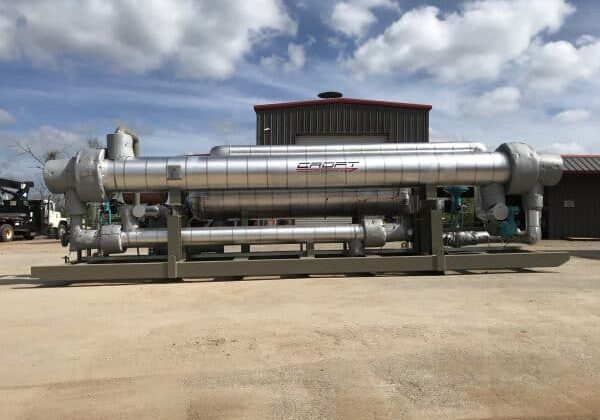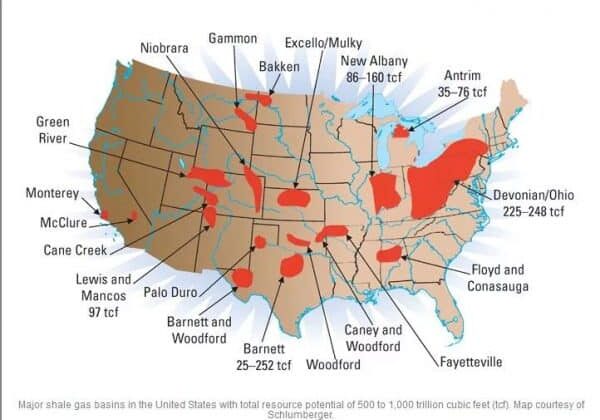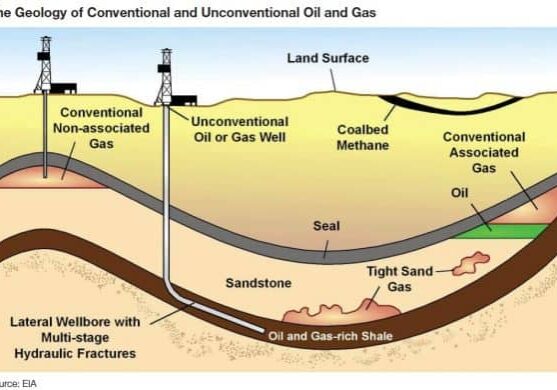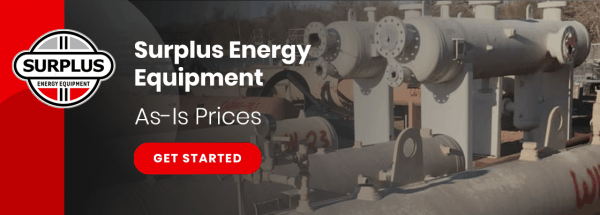Production Growth & Locations:
Given the recent resurgence of Oil & Gas Production in the U.S., it is a good time to take a look at natural gas production activity in the Marcellus Shale. With this in mind, I’d like to bring to light some key points about where rig counts currently stand, and how much production has been reported in the Marcellus region as of Aug. 5th 2014. As demand increases, but also sustainability becomes more and more important, it’s crucial that those in the industry maintain this delicate balance. Below are some illustrations as well as general information which demonstrates these points. For this focus, we will be mainly looking at West Virginia, Pennsylvania, and Ohio area being that those are the largest producing states in the Marcellus Shale Play.
Steady Production Growth:
Through July 2014, Marcellus production exceeded 15 Bcf/d (billion cubic feet/ day) for the first time in it’s history. From 2007–2010 the production rates in this region were far less at about 2 Bcf/d.
So, why the dramatic increase?
As more natural gas is becoming obtainable, and rapid advancements in extraction method technology are being utilized, we can finally reach further beyond our previous limits that typically capped production in the not so distant past. Combine that with the Marcellus region accounting for 40% of U.S. shale gas production and what you get is the drastic increase in production and profitability of all the companies drilling in the region. This can be seen in the graph below.
Rig Count vs. Production Mcf/d
As of August 2014, the rig count in the Marcellus Region had remained steady at about 100 rigs as measured by eia.gov. These rigs account for 6 million cubic feet per day in new well production on a monthly basis, with an additional 600 million cubic feet of additional production expected after August of 2014 when more rigs will come online. Rigs are increasingly becoming more productive with the above mentioned new technology for drilling which makes for only a minimal amount of rigs in the region, while the production of Natural Gas has skyrocketed. This can be demonstrated in the chart below.
Effects of Growth & Solutions:
With any industry rapidly advancing in a boom stage, also comes adverse effects. Production in the Marcellus has far outpaced the growth in the regions pipeline infrastructure and capacity. This is leading to a sudden need for expansion projects with a focus on removing bottleneck and problematic areas so equal distribution can once again be achieved.
Aside from infrastructure, pricing also sees the effects of this sharp production increase. In the Northeast part of the country, they are experiencing stabilized and decreased pricing. Prices have been below the industry standard measurement in the area with such an influx in availability. Production has also exceeded demand in this region for the winter season making it on pace to be equivalent to the demand for not only West Virginia and Pennsylvania but also for New York, New Jersey, Delaware, Maryland, and Virginia combined.
With so much raw natural gas being drilled, there is a need to treat and clean when necessary. Croft Production Systems™ specializes in this field and with our grand opening of a Marcellus region office, we are moving with the flow of the market to make sure we stay ahead of this ever-increasing production rate. We have developed a full product line that can process natural gas with the benefit of no emissions to get you from rig to pipeline quality faster than ever before.












